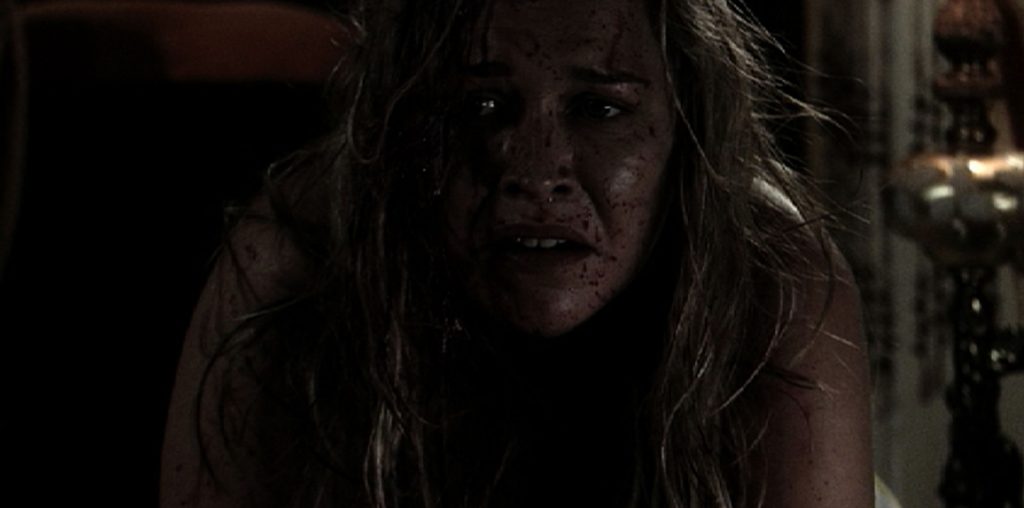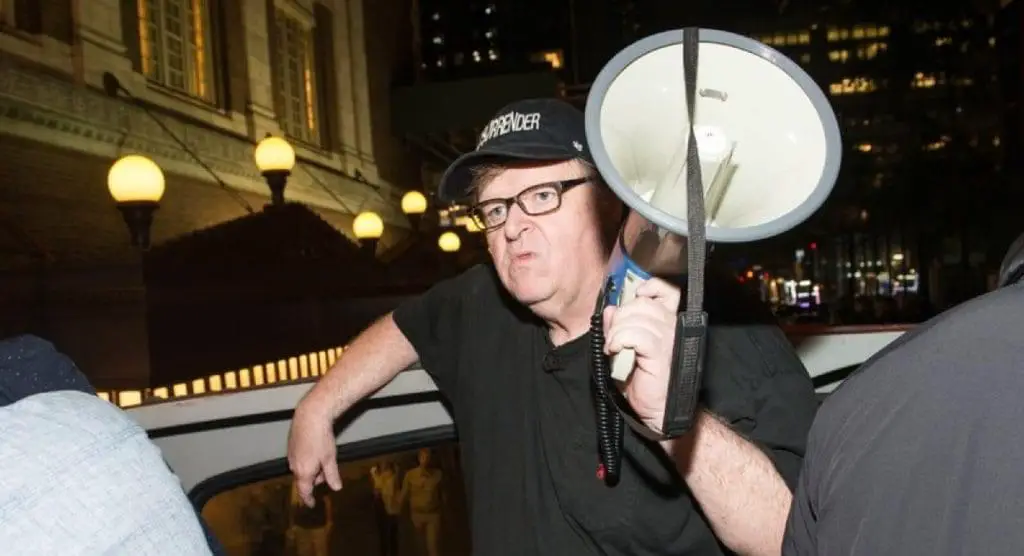
BOOTLEG FILES 158: “Telezonia” (1974 educational film on how to use a telephone).
LAST SEEN: Available for viewing at several online video sites.
AMERICAN HOME VIDEO: Included without permission by the copyright owner in a pair of anthology DVDs of old-time educational films.
REASON FOR DISAPPEARANCE: This film is severely out of date.
CHANCES OF SEEING A DVD RELEASE: Sorry, the number you’ve reached is out of service!
Back in the days before the world went digital, elementary schools used 16mm films to bring the joys of knowledge to impressionable youngsters. When the video revolution took place, the schools embraced that technology with gusto – to the point of happily throwing away their 16mm projectors and the scores of films they accumulated for presentation in that now-outdated format.
Fortunately, there are archivists like Skip Elsheimer who rescued those discarded 16mm prints before the sanitation trucks scooped them away for a one-way trip to oblivion. Viewed from today’s perspective, many of these films provide a goofy nostalgic view of how previous generations went about improving the minds and social skills of children. Those who grew up in that era can enjoy the giddiness of those wacky old movies, while those too young to experience the joy of these films can experience pleasures they may never have considered.
Case in point: “Telezonia.” This 1974 offering was produced by AT&T (back when it controlled the monopoly on U.S. telephonic communications). The purpose of “Telezonia” was simple: a lesson for youngsters on how to use the telephone. But the means of bringing telephonic smarts is truly astonishing: “Telephonia” is a musical fantasy, albeit produced on the proverbial shoestring budget.
“Telezonia” opens in a suburban neighborhood where a quartet of kids want to invite their other friends to a picnic. They scamper to the home of the kids, but suddenly they are stuck: no one knows how to use a telephone. This is clearly strange, since the kids appear to be 10 years old and you’d think they’d know the basics of telephone usage by now.
However, the telephone starts ringing. None of the kids answers it, but that’s okay because the telephone suddenly grows and opens to reveal a rather weird wonderland of glitter and shining lights. Suddenly, an androgynous adult male wearing a white tunic jacket and large white gloves appears. He identifies himself as Telly and he takes the kids (without actually asking for their permission) on a journey to Telezonia. The screen then fills with a psychedelic vortex similar to the climactic journey of “2001: A Space Odyssey.” But instead of winding up with Keir Dullea in a white dining room, the kids wind up in a pink alternative universe full of telephones. The local population consists of people dressed like letters and punctuation symbols, who run around singing nutty songs about the various aspects of telephone etiquette.
For instance, a lesson in learning how to answer a ringing phone is given by a woman with Frida Kahlo eyebrows who is wearing a large question mark costume. “Pick up the phone!” she sings endlessly. One kid notices the absence of the letters Q and Z from the dial. Suddenly, a couple dressed like a Q and a Z appear and chant in unison: “We’re not missing! We’re just not on the dial!” A bow-legged man dressed like an exclamation point comes hopping along frantically, then collapses. This is the cue for the kids to learn how to make an emergency call.
One would imagine “Telezonia” could run for two hours, given the fact everyone is ready to burst into song regarding each example of telephone smarts. However, the film run a very tight 26 minutes. Considering the amount of information packed in (how to take a message, how to use a rotary phone, how to use a push button phone, etc.), it is clearly the most compact 26 minutes imaginable.
There is no record on how many kids actually came away from viewing “Telezonia” three decades ago with new confidence in telephone usage. However, Skip Elsheimer gets a jolly reaction when he presents “Telezonia” at repertory theaters as part of a touring show of vintage educational films.
“Some people remember seeing it as a kid,” says Elsheimer. “Almost everybody is amazed by how cheesy it is and also how much telephone technology has changed in thirty years. This film was made when you could only get your phone installed by the phone company, before 911 and back when there were pay phones on every corner.”
If the quality of performances in this flick seem rather shaky, Elsheimer adds that the level of acting in “Telezonia” may seem less than polished for a very good reason. “Educational and industrial films were made all over the United States and they tended to use amateur talent,” he says. “I’ve talked with people who had no other acting experience except that they were in an educational film as a kid. Many of these folks never even saw the finished film.”
Although “Telezonia” was rescued by Elsheimer, he is not offering a restored version. “I have three prints in varying states of disrepair (the films were shown a lot before I got them),” he says. “I hope that the original negative is in a film lab somewhere, but I have no way of knowing.”
Elsheimer has posted “Telezonia” on Google Video and YouTube. However, some people have made unauthorized copies of this digital video presentation for postings elsewhere online. “Well, ultimately, I’m happy that it is being distributed,” he says, before adding: “but a part of me is mildly irritated that folks don’t appreciate the effort it took to collect, transfer and digitize the film to get it online. Of course, my effort is nothing compared to the effort of the filmmakers who made this film.”
Elseheimer has included “Telezonia” in a pair of DVDs he’s produced featuring other educational films from distant decades. However, “Telezonia” is not a public domain film and he acknowledges he doesn’t have the permission of the copyright holder to make this film available on DVD.
“Telezonia is still under copyright, although I don’t believe the current AT&T (which is a shadow of its former monopoly self) knows of the film’s existence,” he says.
Well, many people in search of 1970s lunacy have discovered “Telezonia” and its antiquated lessons on using rotary dials and feeding coins into pay phones. It’s not great filmmaking, but it is great fun and Elsheimer’s rescue of this and other educational films is a truly heroic endeavor in preserving cultural kitsch.
IMPORTANT NOTICE: The unauthorized duplication and distribution of copyright-protected material is not widely appreciated by the entertainment industry, and on occasion law enforcement personnel help boost their arrest quotas by collaring cheery cinephiles engaged in such activities. So if you are going to copy and sell bootleg videos, a word to the wise: don’t get caught. The purchase and ownership of bootleg videos, however, is perfectly legal and we think that’s just peachy! This column was brought to you by Phil Hall, a contributing editor at Film Threat and the man who knows where to get the good stuff…on video, that is.
Discuss The Bootleg Files in Back Talk>>>



I loved this film when I was a kid. The sounds, the music, the colors, the depiction of raveling through cables to various destinations within the telephone system. I didn’t think I’d ever get to see this film again and I last had seen it in 1978. It’s now 2021 and I am getting to see it again for the first time since I was 7. Thank you to whomever was responsible for preserving this treasure.